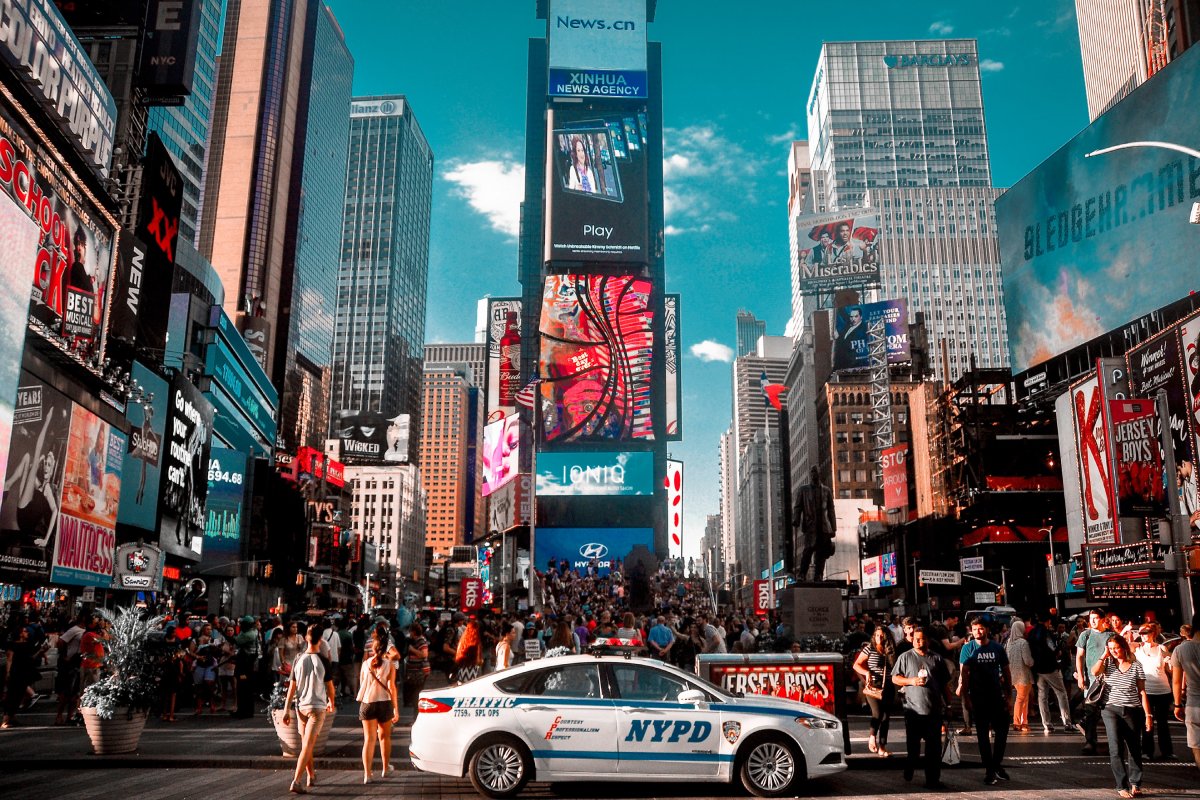Skift Take
Cities can't fully maintain the businesses that underly their tourism appeal without the foot traffic and support of their suburban residents.
The tourism officials of large U.S. cities are wrestling with the loss of a key visitor group: suburban residents.
There are two key obstacles that executives from destination marketing organizations tell Skift they are trying to overcome:
One, these suburbanites are seeing a flurry of headlines about crime in their nearby cities. It’s a tough perception to change.
Two, many are working from home in the suburbs. With fewer trips into downtown offices, there are fewer opportunities to push additional activities.
“When I talk to my fellow DMOs, whether it be Fred [Dixon] in New York or Adam [Burke] in LA, we are all dealing with that suburbanite who has a narrative of the city that’s not accurate,” said Choose Chicago President and CEO Lynn Osmond.
Before the pandemic, suburban residents commuted to the city for work and then enjoyed concerts, theater, sports games, rallies and other activities, all of which keep businesses running and the city vibrant — both beneficial to tourism.
Now, there’s remote work. Office vacancy rates in New York, Portland, San Francisco, Chicago and Minneapolis remain well below their pre-pandemic level. In Manhattan, the vacancy rate stood at 17 percent in the past quarter, a record high, the New York Times reported.
Businesses popular with tourists need suburban foot traffic. New York City’s Broadway, for example, is still off from its pre-pandemic ticket sales total because suburban audiences have not returned, a a Broadway sales consultant told the Hollywood Reporter, despite tourist numbers improving.
Suburban residents are ambassadors to their nearest large urban destination. They help determine whether someone visiting for, say, a wedding will go into the city. In some destinations, these groups make up more than half of their visitors.
Now, more suburbanites are actively discouraging travel to their major city. In Portland, nearly 25 percent of locals wouldn’t encourage out-of-towners to visit, according to Portland Travel.
People living outside Minneapolis actually think their nearby city is more unsafe than other travelers think it is, said Courtney Ries, senior vice president of destination branding and strategy at Meet Minneapolis.
Local news reports are a prime factor. “You’re also seeing all the media out talking about issues in crime that international travelers are not seeing or concerned about or deterred by,” said New York City Tourism + Conventions President and CEO Fred Dixon.
Many believe their downtowns are long past their glory days. “It feels to them like downtown Portland is not what it was,” said Portland Travel President and CEO Jeff Miller. “It’s just frankly because they haven’t been here and when I see the [Oregon] Symphony has something going on, downtown is packed.”
Some of this comes down to a post-pandemic habit of being more comfortable at home than going into the city, said Miller. “There’s definitely a sense of, we all stayed home for so long as staying home is more comfortable than it used to be, and we need to break people’s habit of that,” he said.
Some cities are investing in campaigns to change their hearts and minds. Choose Chicago launched a campaign around its performing arts and theaters that reminded suburbanites that called “Go Live Chicago” that emphasized “your couch doesn’t give you a standing ovation,” said Osmond.
“These suburbs of Chicago don’t have the ballet, the performing arts, the opera,” she said. “Those are major draws we can attract people downtown.”
Meet Minneapolis last year had a campaign called “Minneapolis Momentum” that shared stories of suburban residents talking about their positive experiences and had a $40,000 media buy. Earlier this year, it launched a “fairly aggressive” campaign called “See What All the Fuss Is About” to combat negative commentary that the city is a ghost town, said Ries.
Destination marketing organizations also expect the success of their large-scale events will prove to suburbanites that they need to take more trips into the city and it’s still as fun and safe as it was before the pandemic. Portland finished its Rose Festival Grand Floral Parade and Chicago hosted a massive Taylor Swift concert.
The Daily Newsletter
Our daily coverage of the global travel industry. Written by editors and analysts from across Skift’s brands.
Have a confidential tip for Skift? Get in touch
Tags: chicago, minneapolis, new york city, nyc, portland, tourism
Photo credit: Photo Credit: Victor He on Unsplash Victor He / Unsplash

